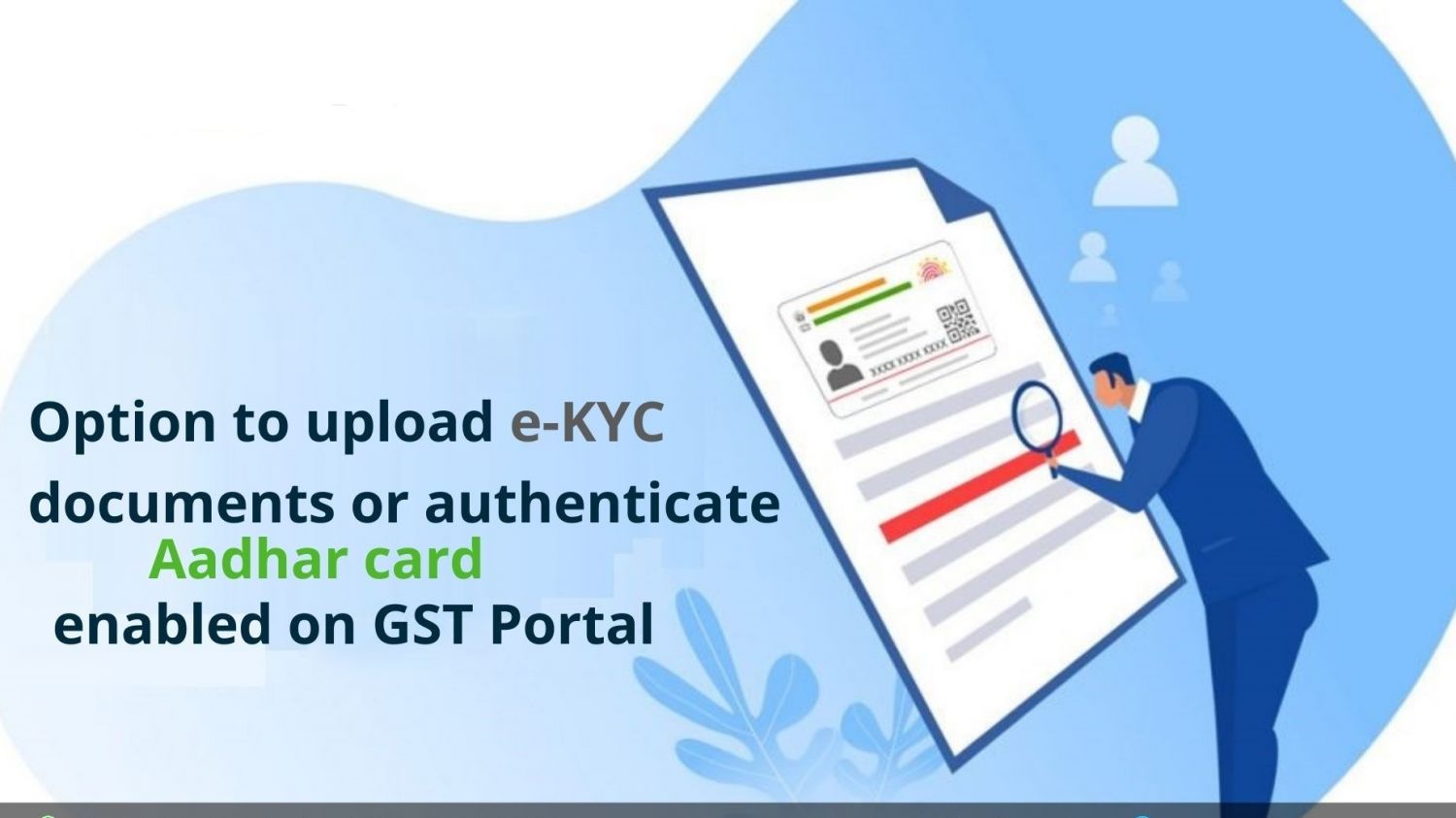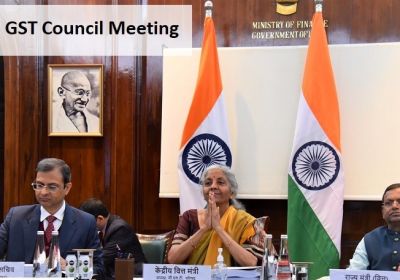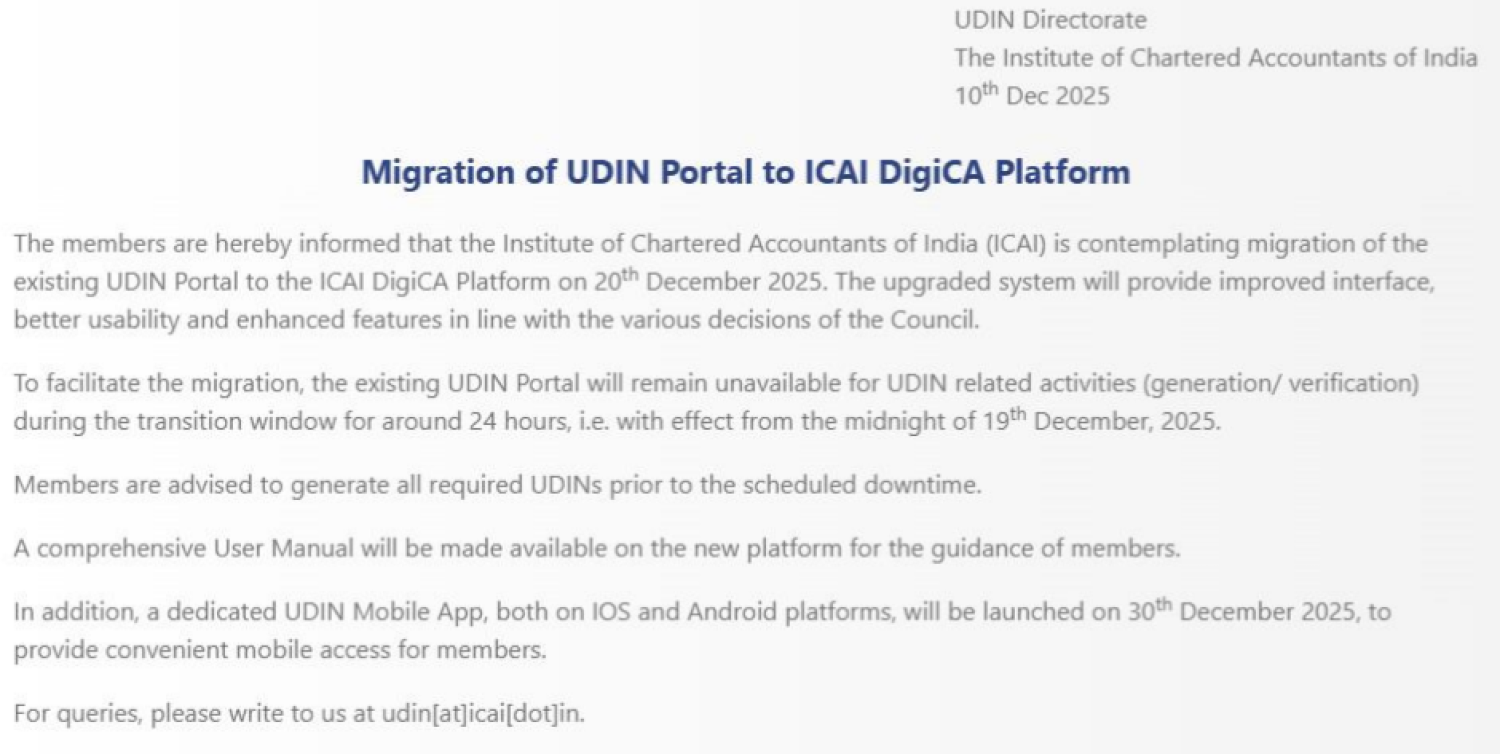Table of Contents

Now you have the option to upload e-KYC documents or authenticate your Aadhar card On the GST Portal,
What is Aadhaar Authentication, and how does it work?
- Aadhaar authentication is the process of submitting the Aadhaar number, along with other biometric details, to the Central Identities Data Repository (CIDR) for verification of the user's desired action. On the basis of the information available to it, the CIDR checks the accuracy of data.
- The main goal of Aadhaar authentication is to create an online platform where Aadhaar holders' identities can be verified at any time and from anywhere. This will keep a lid on the misdeeds committed under the Goods and Services Tax rules in this case.
- The GSTN recently enabled 12-digit Aadhaar number authentication, also known as e-KYC, to introduce verification of existing taxpayers registered on the GST Portal. Assume you have a 12-digit Aadhaar number.
- In that scenario, the registered entity's Primary Authorized Signatory and one person (Proprietor/Partner/Director/Managing Partner/Karta) can apply for Aadhaar Authentication.
COMPULSORY CASES OF AADHAAR AUTHENTICATION
Aadhaar Authentication Cases that are Essential: Aadhaar authentication is required for the following individuals to become eligible for GST registration under Section 25(6C) of the CGST Act, as per Rule 8 of the CGST Act:
- All types of authorised signatory
- A partnership firm's managing/authorized partners
- Karta of an Undivided Hindu Family
Exceptions to the rule
- The sole exception is if the person is not an Indian citizen or is not one of the people listed below:
- every individual
- All types of authorised signatory
- A partnership firm's managing/authorized partners
- Karta of an Undivided Hindu Family
Type of business structure that is exempt from Aadhaar authentication and does not require authentication: Yes, Aadhaar authentication is not necessary for the following categories of business formation.
- Department of the Government
- Undertaking in the Public Sector
- Local Government
- Governing Body
- If the previous chapter authorised signatories of a registered business organisation do not have an Aadhaar number, they can upload any of the papers listed below to complete the e-KYC process:
- KYC Form
- Certificate issued by a Competent Authority
- Aadhaar enrolment number
- Passport
- Voter ID card
Notes: All the above document types must be PDF or JPEG. And maximum size for upload should be 2 MB.
- Any other documentation required by the GSTN "Would you like to validate the Aadhaar of Partner/Promotor & Primary Authorized Signatory?" a pop-up window will prompt when an already registered taxpayer signs in.
- "Yes, browse to My Profile" or "Remind me later" are the options available. The taxpayer can either ignore the pop-up window and continue browsing the GST Portal, or go to 'My Profile and select the tab 'Aadhaar Authentication Status.'
- They can share the Aadhar authentication URL with their contacts. Afterwards, you'll have a choice to upload 'E-KYC documents.'
Situations where GST registration application Deemed Approved
- If the officer fails to act within the timeframes set forth in the following conditions, the application is presumed granted by the officer:
|
IN THE FOLLOWING DIFFERENT CASE |
BELOW TIMELINE OF APPROVAL |
|
The person who has successfully completed authentication or the person is exempted from the Aadhaar authentication requirement. |
Three working days from the date of applying |
|
The person who has chosen but failed to complete authentication |
Twenty-one working days from the date of submission of the application to send the notice in form REG-3 |
|
The person has not been chosen for Aadhar authentication |
Twenty-one working days from the date of submitting an application |
|
The person who has opted but failed to done authentication, notice is issued in form GST REG-3 & person has replied in REG-4 |
Seven working days from the date of receipt of the response, information or the required documents |

















